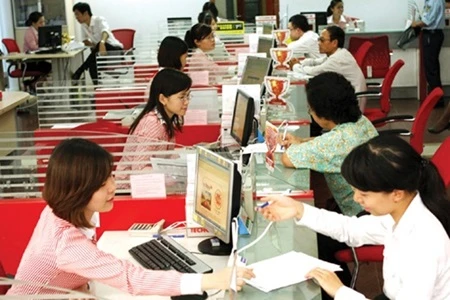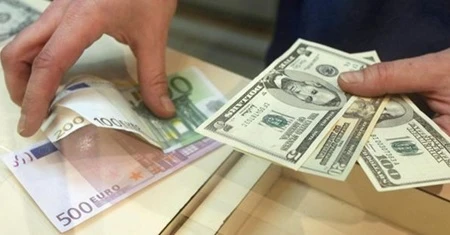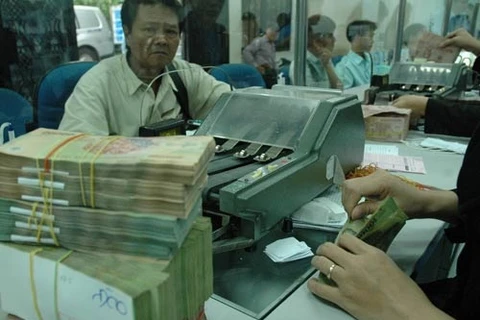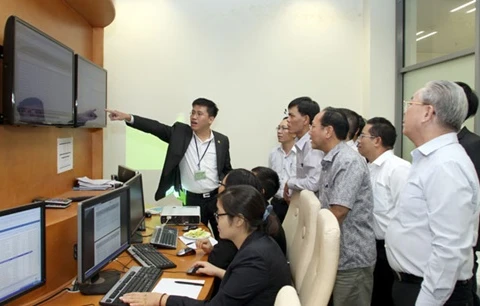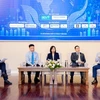Hanoi (VNA) – Interest rates will likely increase again this year, after remaining at the low levels of 2006 for the past few years, experts forecast.
Thanks to the restructuring of the banking system, the lending rate has been cut in half, from 20 percent per year in late 2011 to between 9 and 11 percent this year for ordinary loans, and 6.5 percent for prioritised loans, which is equal to the 2006 rate.
However, capital mobilisation at banks has been busier than in past years, as the issuing of credit throughout the banking system has increased sharply, causing a temporary shortage of liquidity in some banks.
In fact, the issuing of credit in 2015 surged 18 percent, compared with 12 percent in 2011, 10.9 percent in 2012, 12.51 percent in 2013, and 14.16 percent in 2014.
This year, capital demands on the economy are expected to be higher than last year. The central bank has also planned to expand the issuing of credit to roughly 20 percent this year to meet the anticipated 6.7 percent growth in GPD.
Therefore, according to HCM Securities Corporation, to guarantee the expansion of credit, mobilisation needs to grow parallel, while banks have to allocate resources to purchase government bonds and handle bad debts, thus putting pressure on interest rates.
Banks also need to increase deposit rates to attract depositors. Yet, if banks do not balance input and output costs, they would have to raise lending rates, HSC said, adding that low interest rates could be risky for the banking system.
Experts also said that it would be difficult for banks to cut interest rates this year, in the wake of impacts from both domestic and global financial markets.
Banking expert Nguyen Tri Hieu said that he saw no sign to indicate a reduction in rates this year, forecasting that the lending rate could rise at least 1 percent this year.
Hieu said that banks were trying to mobilise capital, even as liquidity at some banks was poor, caused by their boosting lending too quickly, especially in lending for real estate development and purchases.
Further, he said, a possible increase in the US Federal Reserve Bank rate this year could also have an impact on Vietnam's interest rates.
Another reason for higher interest rates is that Vietnam expected its foreign exchange rate to remain stable, so the gap between interest rates of the dong and the US dollar must be high enough to attract dong deposits, according to Hieu.
He also noted that higher economic growth this year could push up the demands for capital, causing interest rates to increase, too.-VNA

